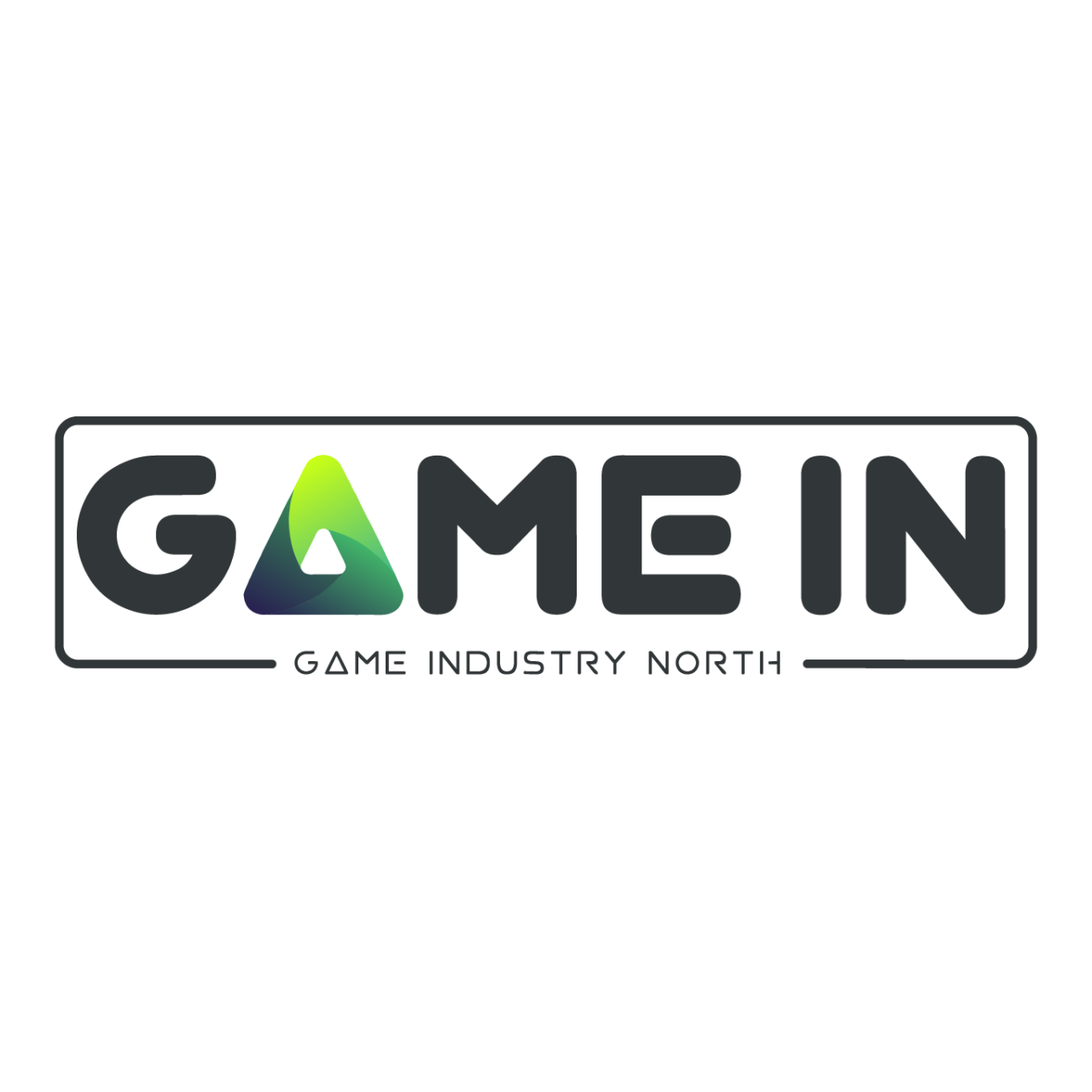Piktura offers two levels of qualifications, Bachelor's degree and Master's degree, the school also provides an insight into all the professions that make up the world of video games, animated films and illustration.
Working network
The school has a solid network of partners on which it can rely to facilitate the integration of its talent.
Alumni testimonials
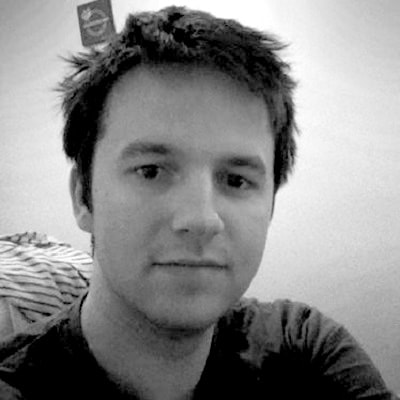
ERWAN NAUDIN
MPC Montréal
Lead creature
FX cloth/fur
Après Piktura et mon stage de fin de master, j’ai eu l’occasion d’intégrer une équipe de production sur le long métrage d’animation « La mécanique du cœur », en tant que FX TD. Mon rôle était de produire des effets volumétriques de fumées, des effets de particules, et d’ensuite les intégrer dans les plans du film.
À la suite de cette production, j’ai rejoint les équipes de Illumination MacGuff où je suis actuellement. Mon travail ici dans le département Character FX est d’assurer la simulation des vêtements des personnages lorsqu’ils sont en mouvement, afin d’obtenir des comportements réalistes des tissus.
Le master effectué à Piktura m’a permis d’appréhender mon travail avec efficacité, et le contact avec des professeurs encore issus du monde professionnel m’a donné les compétences nécessaires pour mener à bien mes missions de production.
À la suite de cette production, j’ai rejoint les équipes de Illumination MacGuff où je suis actuellement. Mon travail ici dans le département Character FX est d’assurer la simulation des vêtements des personnages lorsqu’ils sont en mouvement, afin d’obtenir des comportements réalistes des tissus.
Le master effectué à Piktura m’a permis d’appréhender mon travail avec efficacité, et le contact avec des professeurs encore issus du monde professionnel m’a donné les compétences nécessaires pour mener à bien mes missions de production.

BENJAMIN MANIGOLD
Ubisoft – Annecy
Technical Artist
Suite à un stage en seconde année à Ubisoft Annecy, le studio m’a proposé un CDI. J’ai eu l’opportunité de travailler sur plusieurs AAA de la licence d’Assassin’s Creed : Assassin’s Creed 2, Assassin’s Creed : Brotherhood, Assassin’s Creed : Revelation, Assassin’s Creed 3, Assassin’s Creed 4 mais aussi sur d’autres licences comme Splinter Cell : Blacklist. J’ai commencé comme Level Artist puis évolué dans la technique afin de devenir Technical Artist. Mon travail me permet de voyager pour former de nouvelles équipes et de créer un partage de connaissances à travers le monde : Bucarest, Shanghai, Montréal…
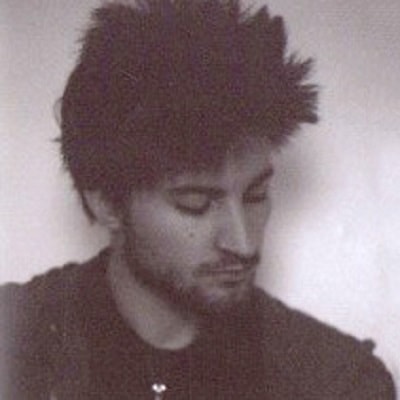
VINCENT GRADT
Rockstar North - Edinburgh, Écosse
Character Artist 3D
Grâce à l’enseignement dispensé par Piktura, j’ai acquis les compétences nécessaires pour démarrer une carrière professionnelle dans l’industrie du jeu vidéo. Les différents stages effectués tout au long de mes études m’ont permis de découvrir de nouveaux métiers et de développer mes connaissances professionnelles. C’est lors de mon stage au sein de Cyanide studio que j’ai découvert le métier que j’exerce aujourd’hui : Character Artist 3D. Mes stages et projets personnels m’ont notamment permis d’intégrer l’équipe du studio parisien Dontnod (Life is Strange) et de travailler à leurs côtés pendant 3 ans. Je poursuis à présent ma carrière en Écosse dans un studio reconnus de ce milieu, Rockstar North.
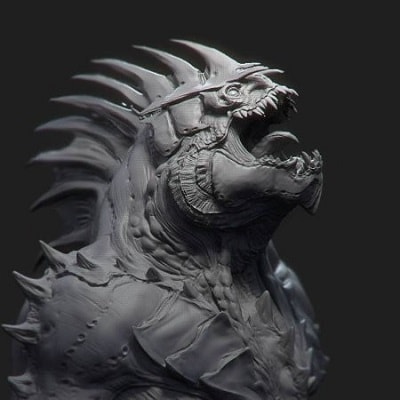
KÉVIN DEMUYNCK
Volta Inc - Québec
3D Artist
Après avoir obtenu mon diplôme de mastère à Piktura, j’ai été immédiatement recruté en CDI dans une société de jeux vidéo à Lille qui se nomme V-cult. J’ai en parallèle travaillé en freelance pour des clients américains et canadiens notamment sur une cinématique d’un jeu AAA. Deux ans plus tard, j’ai été recruté à Volta Inc au Québec. Cette société est chargée de créer des concepts et des assets 3D pour des grands studios de jeux vidéo comme Capcom, Ubisoft, EA Games, Warner Bros Games, Riot etc. Je suis donc actuellement 3D artist à plein temps au Canada depuis plus d’un an.
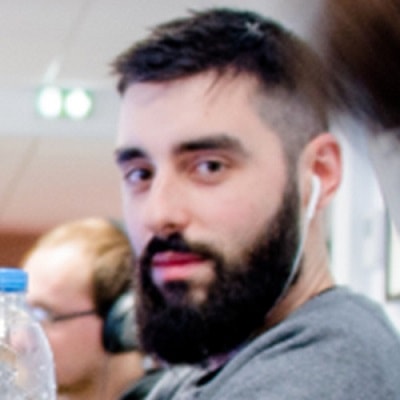
THOMAS DAIDE
3DDUO - Tourcoing
Game Artist
Entré en 2008 à Piktura, j’ai réalisé durant ma formation mes 3 stages de fin d’année en entreprise chez 3DDUO. J’y ai là-bas trouvé une entreprise soudée, solide et qui a su me donner ma chance dès ma première année d’étude, et renouveler sa confiance en moi chaque année depuis. Diplômé en 2011 d’une Licence de Concepteur - réalisateur 3D, j’ai immédiatement été embauché chez 3DDUO, où je suis désormais Game Artist depuis 2 ans et demi. Mon champ de travail est très large. Je gère généralement la production de plusieurs jeux simultanément ( Serious game, Advert game, Casual game … ), de la pré-production graphique au polish des dernières textures et interfaces. Je travaille principalement sur les plateformes mobiles, tablettes et web.
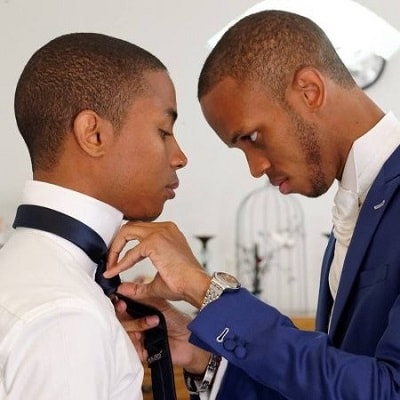
TOMMY TOUSSAINT
UNIT IMAGE - Paris
Character FX Artist
Piktura m’a appris la rigueur et l’autonomie dans le travail. Ces compétences, ainsi que celles acquises en 3D pour le film d’animation, m’ont permis d’intégrer Illumination Mac Guff quatre mois après avoir fini ma 5ème année. J’ai travaillé un an et demi sur le film culte «Moi Moche et Méchant 3». J’ai ensuite rejoint l’équipe de Unit Image pour travailler sur le trailer ayant fait le plus de sensation durant l’E3 2017 «Beyond Good and Evil 2». Aujourd’hui, j’interviens encore auprès de ces deux studios parisiens.

CÉLESTINE PLAYS
Réalisatrice
Après un Master passionnant en Films d’Animation à Piktura, j’ai intégré Hari Studio à Angoulême sur la série animée La Chouette et Compagnie saison 2 en tant que Layout Artist. Un travail plutôt dans l’ombre des autres départements mais qui m’a énormément appris sur la mise en scène. Puis j’ai été mutée à Paris sur une autre production de mon studio Grizzy et les Lemmings saison 1.
J’y suis ensuite passée Assistante Réalisatrice pour la saison 2. A ce poste, ma formation très polyvalente à Piktura m’a vraiment beaucoup aidée car elle m’a fourni des bases générales et techniques solides dans tous les départements avec qui je devais collaborer et communiquer. A force d’être aux côtés des réalisateurs, mon envie de participer aux scripts s’est fait connaître et j’ai finalement intégré l’équipe d’écriture en parallèle de l’assistanat réalisation. Cela m’a par la suite ouvert les portes du travail de Réalisatrice, je suis actuellement en train de réaliser mes premiers épisodes.
J’y suis ensuite passée Assistante Réalisatrice pour la saison 2. A ce poste, ma formation très polyvalente à Piktura m’a vraiment beaucoup aidée car elle m’a fourni des bases générales et techniques solides dans tous les départements avec qui je devais collaborer et communiquer. A force d’être aux côtés des réalisateurs, mon envie de participer aux scripts s’est fait connaître et j’ai finalement intégré l’équipe d’écriture en parallèle de l’assistanat réalisation. Cela m’a par la suite ouvert les portes du travail de Réalisatrice, je suis actuellement en train de réaliser mes premiers épisodes.
Jobs in the video game industry
Game Designer
The game designer is responsible for designing the game concept (gameplay) and ensuring the coherence between the various elements that make up the game (genre, theme, rules, settings, characters, logical structure, interactivity) in order to optimise the user's gaming experience.
He or she is involved in everything from designing the game concept based on the target audience to testing and acceptance, including creating the game's principles, ergonomics/interactivity, scripting and producing the game.
Knowledge of multimedia systems ergonomics, level design, quality assurance and 3D and animation software is essential to the successful completion of these projects.
He or she is involved in everything from designing the game concept based on the target audience to testing and acceptance, including creating the game's principles, ergonomics/interactivity, scripting and producing the game.
Knowledge of multimedia systems ergonomics, level design, quality assurance and 3D and animation software is essential to the successful completion of these projects.
Concept Artist
He helps to realise the artistic vision of the project by creating characters, objects and an artistic universe from colour compositions.
His talent lies in his ability to translate an idea or concept into finished visual productions. He carries out this work in collaboration with the design team to create solutions that reconcile the technical and aesthetic aspects.
His talent lies in his ability to translate an idea or concept into finished visual productions. He carries out this work in collaboration with the design team to create solutions that reconcile the technical and aesthetic aspects.
Level Designer
The level designer creates the levels of the game by creating maps and setting up a series of events and obstacles that punctuate the player's progress.
They create simplified models of the various game levels and then integrate the multimedia elements created by the design team (objects, scenery, characters, etc.), the programming scripts that generate behaviours and trigger actions, as well as technical constraints.
They have to test and adjust the levels and keep up to date with the changing needs and desires of the players.
In short, they need to use their knowledge of web technologies, 2D prototyping and 3D modelling techniques and level editing tools to ensure that the game is playable and keeps players interested.
They create simplified models of the various game levels and then integrate the multimedia elements created by the design team (objects, scenery, characters, etc.), the programming scripts that generate behaviours and trigger actions, as well as technical constraints.
They have to test and adjust the levels and keep up to date with the changing needs and desires of the players.
In short, they need to use their knowledge of web technologies, 2D prototyping and 3D modelling techniques and level editing tools to ensure that the game is playable and keeps players interested.
2D/3D Animator
He animates the game's characters, objects and scenery by creating their movements and behaviour.
Game programmer
The game programmer develops the game's mechanisms. They analyse the game's IT requirements and translate them into object language (game behaviour, actions, flow, menu interface, etc.).
They also develop simulation and data generation tools, particularly for motion recognition. They are also responsible for developing and maintaining the systems.
They also develop simulation and data generation tools, particularly for motion recognition. They are also responsible for developing and maintaining the systems.
3D Artist
He produces 3D models of characters, objects and scenery to integrate them into games and provide players with an immersive experience.
Jobs in the Animation industry
2D/3D Animator
He animates the game's characters, objects and scenery by creating their movements and behaviour.
Character Artist / Designer
He imagines and brings to life animated film characters by working on facial expressions, hair, postures, outfits and accessories.
The rendering of the character must bring reality to the film.
The rendering of the character must bring reality to the film.
2D/3D Director
They manage the production of the animated film by dealing with the various technical issues and organising the work of the teams. The 2D/3D director needs to be familiar with all the trades involved in his or her team in order to supervise them and improve both the creative and technical aspects.
Environment Artist
He imagines and creates the sets and environments of the animated film: landscapes, architecture, scenes of life, etc. Through his compositional work, he brings an important artistic vision to the whole project.
Compositing Artist
He is as much an artist as a technician, as he assembles all the visual elements to build a final image. He ensures the quality of the shots and continuity in the film to produce a coherent effect.
FX/VFX Artist
He is responsible for creating the animated film's special effects (smoke, flames, water, etc.) and adding a dynamic touch to the film.
Les métiers de l’illustration et de la création visuelle
Concepteur-rédacteur
Il imagine et rédige les messages qui accompagnent les visuels. Il allie créativité littéraire et stratégie de communication pour donner du sens et de l’impact à chaque projet.
Dessinateur
Il crée personnages, décors et objets. Il maîtrise le langage du trait et de la composition pour donner forme aux idées, que ce soit sous forme de croquis préparatoires ou d’images finales.
Designer d’animations
Il pense le mouvement et la manière dont les éléments visuels prennent vie. Il rythme, structure et harmonise les séquences pour transmettre dynamisme et émotion.
Designer packaging
Il conçoit l’enveloppe d’un produit, en jouant sur les formes, les matériaux et les graphismes. Il rend l’emballage fonctionnel, esthétique et attractif, tout en respectant l’identité de la marque.
Maquettiste
Il organise textes et images dans une mise en page claire et équilibrée. Il garantit la lisibilité, l’harmonie visuelle et la conformité technique des supports imprimés ou numériques.
Éditeur
Il sélectionne, accompagne et valorise les créations. Responsable de la production et de la diffusion, il veille à la qualité éditoriale et à la réussite commerciale des œuvres publiées.
Scénariste
Il construit la trame narrative et développe personnages, dialogues et intrigues. Il structure le récit pour l’animation, la bande dessinée, le cinéma ou le webtoon.
Auteur
Il invente des histoires et façonne une voix unique. Il écrit des récits, romans graphiques ou dialogues, souvent en collaboration avec dessinateurs et illustrateurs.
Monteur webtoon
Il adapte le récit au format numérique vertical. Il rythme le défilement, les transitions et les effets visuels pour offrir une expérience de lecture immersive sur écran.
Illustrateur comics
Il conçoit des images fortes qui racontent et accompagnent. Il maîtrise styles, couleurs et compositions pour transmettre émotions et atmosphères, notamment dans la bande dessinée et les comics.
Directeur artistique
Il définit l’univers visuel d’un projet et coordonne l’équipe créative. Il assure la cohérence esthétique et transforme les idées en images percutantes, au service d’une identité ou d’un récit.
Our profesionnal network





